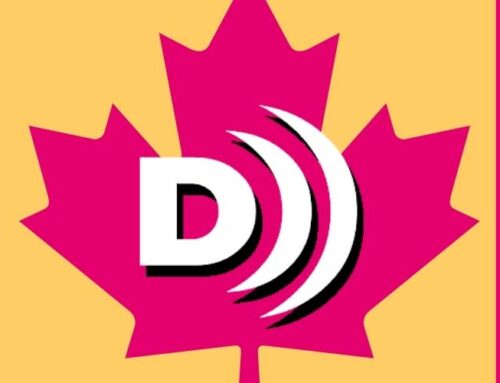Creating accessible media isn’t just about compliance—it’s about ensuring that everyone, regardless of ability, can fully experience and enjoy content. With so many accessibility options available, it can be confusing to know what each one does and who benefits from it. Let’s break down the key terms and features that make media more inclusive.
Audio Description (AD) or Described Video (DV)
A narrated track that describes important visual elements—like actions, scene changes, and on-screen text—for people who are blind or have low vision. AD (DV) enhances video content across all platforms, from broadcast television to streaming services and on-demand videos.
Extended Audio Description
Some scenes are packed with visual details that can’t be described in the available pauses. In these cases, the media is briefly paused to allow extra narration before continuing. This feature is only available on non-linear platforms (such as web content) or on-demand videos.
Adaptive Audio Description
A less common but innovative approach, Adaptive AD involves remixing and editing the original soundtrack to create natural pauses for descriptions—without extending the runtime of the video. This ensures that accessibility is built into the content seamlessly.
Descriptive Transcript
A text-based version of a media piece that includes dialogue, sound effects, and descriptions of key visual elements. Descriptive transcripts are especially valuable for individuals who are deafblind or prefer reading over audio content.
Integrated Described Video (IDV)
Instead of adding a separate narration track, IDV naturally incorporates key visual details into the script itself. This approach makes content more accessible without requiring an additional audio description track. IDV is widely used in TV, streaming, and on-demand video content.
Live Described Video
For live events, a real-time narrator describes visual elements as they happen, ensuring that audiences with visual impairments can stay engaged and follow along with the action.
Closed Captioning (CC)
CC provides on-screen text displaying spoken dialogue, sound effects, and speaker identification for individuals who are deaf or hard of hearing. Unlike open captions, CC can be turned on or off based on user preference.
Print Disabilities
A print disability prevents someone from reading standard printed material due to visual impairments, physical limitations, or cognitive conditions like dyslexia. Alternative formats—such as audiobooks or Braille—help make written content more accessible. Organizations like the National Network for Equitable Library Service (NNELS) and the Centre for Equitable Library Access (CELA) offer valuable resources for accessible reading materials.
Why Accessibility Matters
By integrating these accessibility features, content creators ensure that their media is inclusive, engaging, and available to a wider audience. Accessibility isn’t just about removing barriers—it’s about creating experiences that everyone can enjoy.
Have questions? We’re here to help! Reach out at info@describedvideocanada.com.







